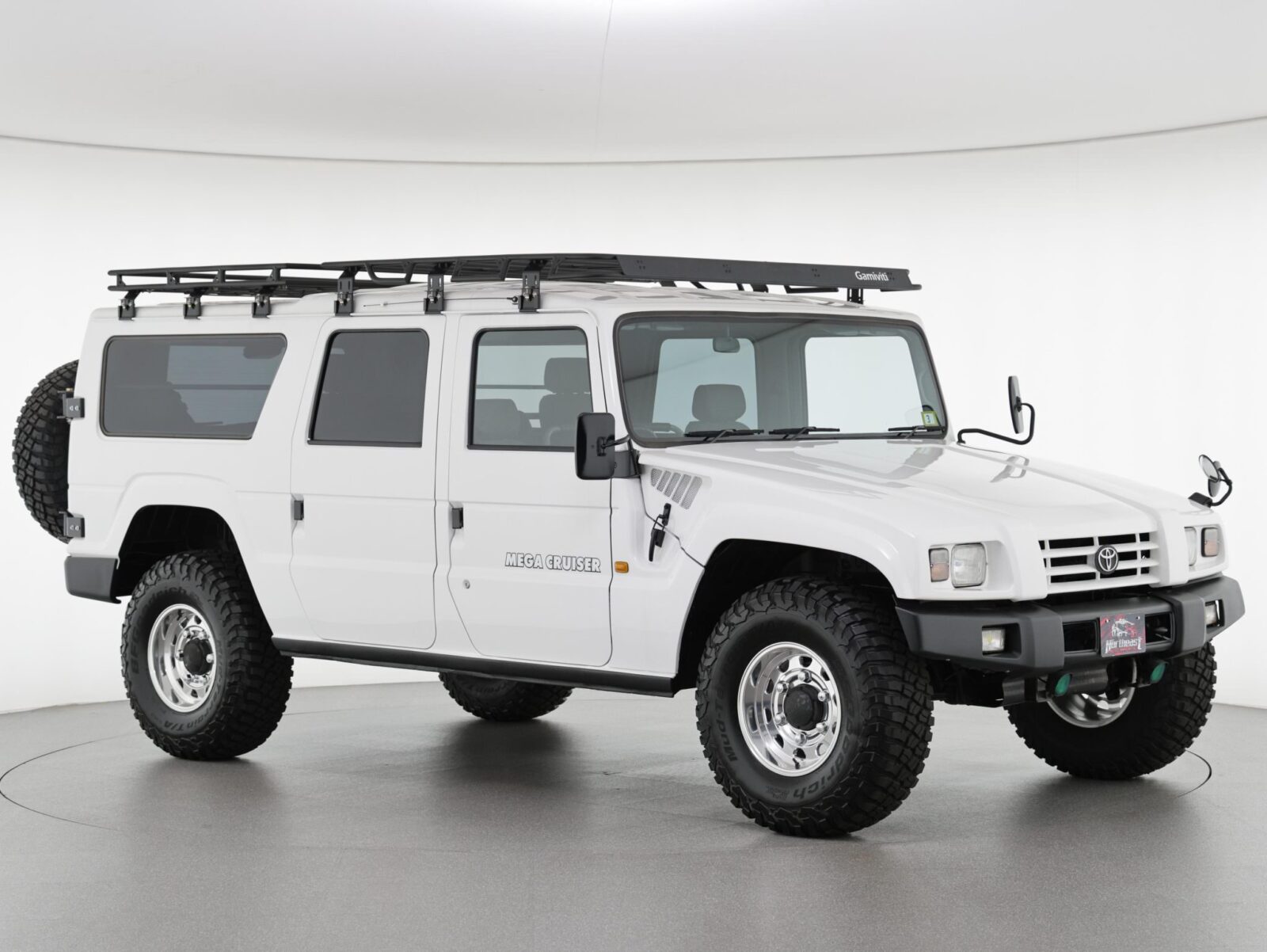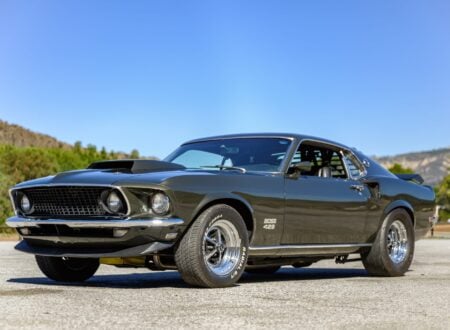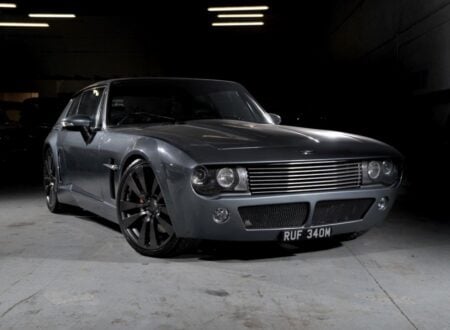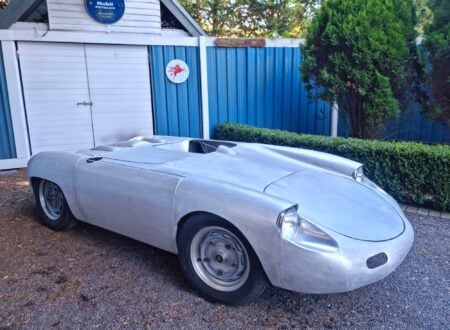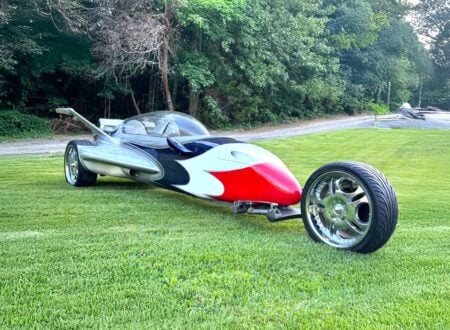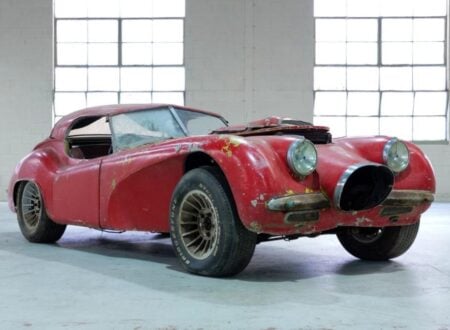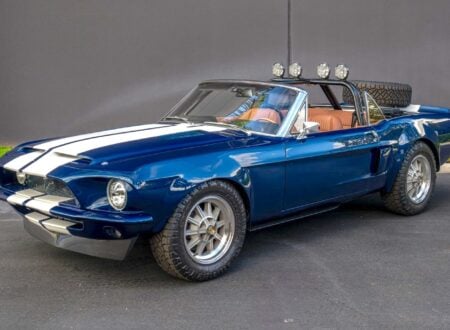Just 133 examples of the civilian version of the Toyota Mega Cruiser were ever made, they were Toyota’s largest ever production 4x4s, and today they’re highly collectible – though they rarely come up for public sale.
The Mega Cruiser was closely based on the Toyota BXD10 High Mobility Vehicle (or HMV), a vehicle that had been developed with obvious inspiration from the American High Mobility Multipurpose Wheeled Vehicle (HMMWV), best known simply as the Humvee.
Fast Facts – The Toyota Mega Cruiser
- The Toyota Mega Cruiser made its first public appearance as a prototype at the 30th Tokyo Motor Show in October of 1993, showcasing Toyota’s ambition to create a large, heavy-duty 4×4 primarily for military use, akin to the American Humvee.
- Production of the Mega Cruiser began in late 1995 at Toyota’s Gifu Auto Body factory. The vehicle was officially launched for civilian sales in 1996, offering a unique blend of military-grade toughness and civilian utility, targeted at the higher-end of the Japanese 4×4 market.
- The Mega Cruiser was designed as a full-size, four-door SUV, powered by a 4.1 liter turbo diesel inline-four cylinder engine with 153 bhp and 282 lb ft of torque. Notable features included a 4-speed Aisin-Warner automatic transmission, a dual-range transfer case, four-wheel drive, triple differential locks, four-wheel steering, and an optional central tire inflation system.
- The vehicle was produced in two main variants: the BXD10 for military purposes, serving as a High Mobility Vehicle for the Japan Self Defense Forces, and the BXD20 for civilian use, which included models used by military, police, and fire departments in addition to personal use. Approximately 3,000 were built in total, including just 133 of the civilian version.
Toyota’s Answer To The Humvee
The close proximity of the design of the Toyota Mega Cruiser with the American Humvee is immediately apparent, but it perhaps shouldn’t be a surprise – after all, Toyota had developed their earliest 4x4s based directly on a Willys Jeep that had been captured in the Philippines during WWII. These early Toyota 4x4s would later be developed into the Land Cruiser.
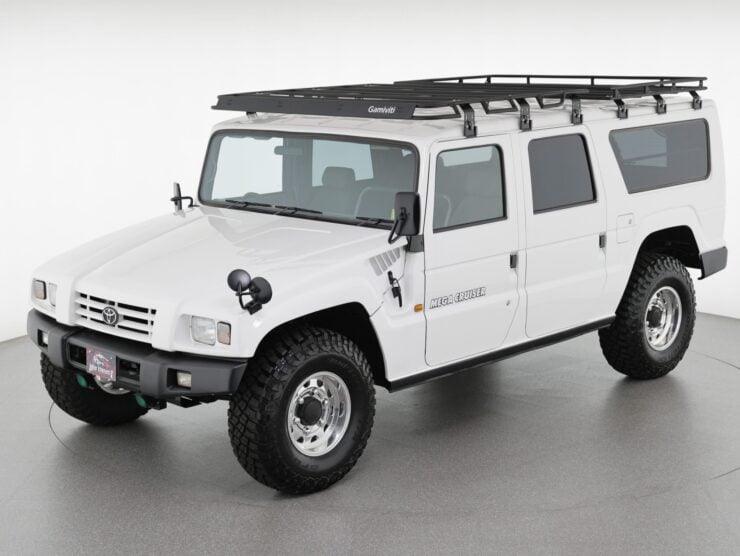

The Toyota Mega Cruiser
The Toyota Mega Cruiser was named after the Toyota Land Cruiser, though with the obvious addition of “Mega” as a reference to the sheer size of the vehicle – the Mega Cruiser would be the largest production 4×4 ever made by the company.
The Mega Cruiser was a civilian variant of the Toyota BXD10 High-Mobility Vehicle (HMV) that had been developed for Japanese military use. The Mega Cruiser made its first public appearance as a prototype at the 30th Tokyo Motor Show in October of 1993 where it attracted news headlines around Japan and across the world.
The engineering and development work that went into the Mega Cruiser was undeniably impressive, in some respects the vehicle was a testbed for new technologies that could have made their way into Toyota’s other production 4x4s.
Similar to the Humvee, the Mega Cruiser was given independent front and rear suspension with portal axles ensuring high ground clearance of up to 420 mm at the lowest point. It also had reverse-phase four wheel steering, inboard disc brakes front and back, front, rear, and central differential locks, a dual-range transfer case, and a hub reduction drive system.
Power is provided by a 4.1 liter inline-four cylinder 15B-FTE turbodiesel and power is sent back by a 4-speed Aisin-Warner automatic transmission. The Mega Cruiser was mega in every sense of the word, with a curb weight of 2,850 kgs (6,283 lbs) and hefty dimensions the wheelbase is 3,395 mm, the overall length is 5,090 mm, it’s 2,075 mm high, and 2,170 mm wide.
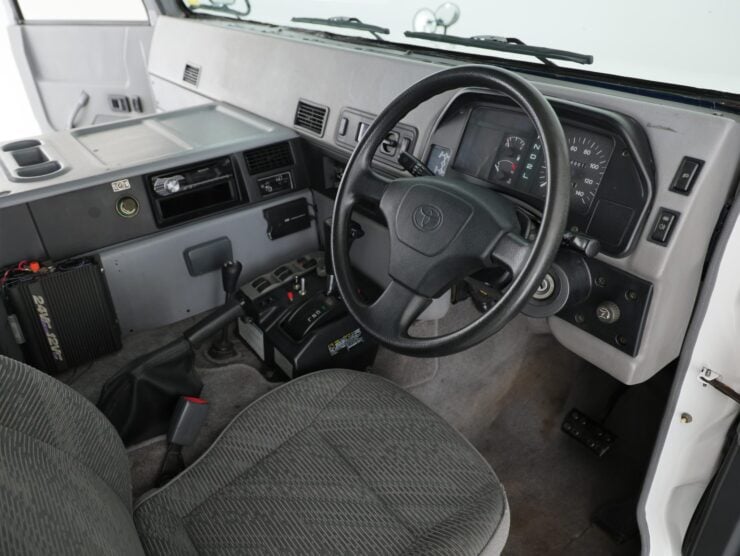

This size made it poorly suited to civilian use in Japan, as Japanese cities and towns often have smaller, narrower streets and laneways. This coupled to the high price and exorbitant purchase taxes made the Mega Cruiser all but unaffordable to most – as a result just 133 were sold to civilians over the 1996 to 2001 production run.
The vehicle is now considered hugely collectible, and a small number have made their way out of Japan as grey import into the USA and other countries.
The 1996 Toyota Mega Cruiser Shown Here
The right hand drive Mega Cruiser shown in this article is an early 1996 model finished in white with alloy wheels. It has 169,000 kms on the odometer, approximately 105,000+ miles, and it has dual roof racks, a swing-away spare tire carrier, an interior trimmed in gray cloth, air conditioning, and a CD stereo system.
Inside you’ll find seating for six, with two front bucket seats and four rears seats. The interior is largely grey and very utilitarian, though this should be expected given the military nature of the vehicle it’s based on.
Under current ownership this vehicle has had its left-rear axle shaft, windshield, batteries, tires, motor mounts, and shock absorbers replaced, and it’s had a recent oil change to boot. It’s worth noting that there is some evidence of rust on the underside, and that the underbody surfaces were painted black under prior ownership.
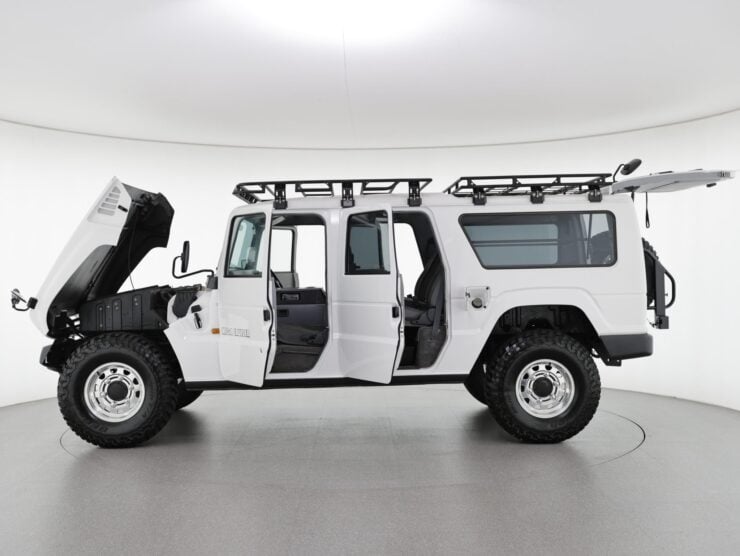

It’s now being offered by the selling dealer with service records, import documents, and a clean New Hampshire title. As noted further up, we only rarely see these come up for sale in the United States, particularly examples that are already road registered locally.
If you’d like to read more about it or register to bid you can visit the listing here on Bring a Trailer. It’s being offered for sale out of Hudson, New Hampshire.



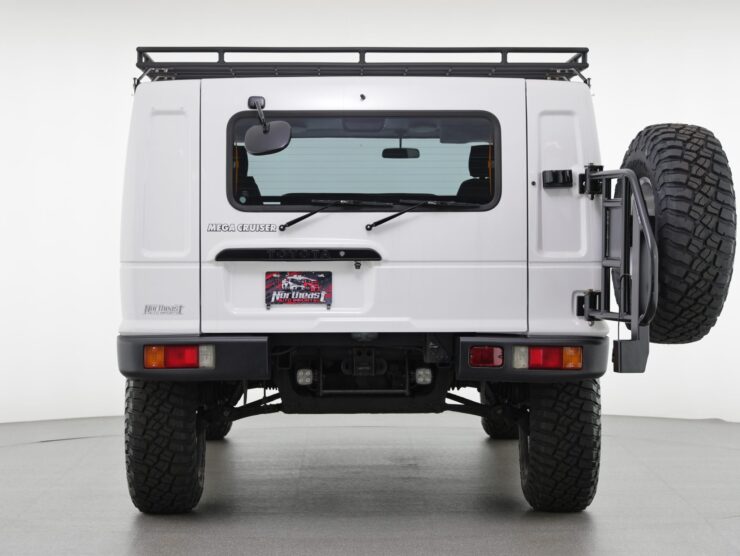
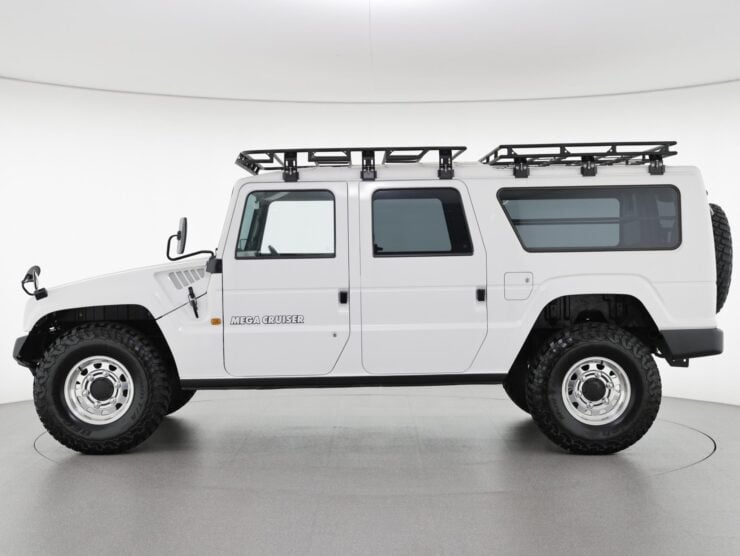
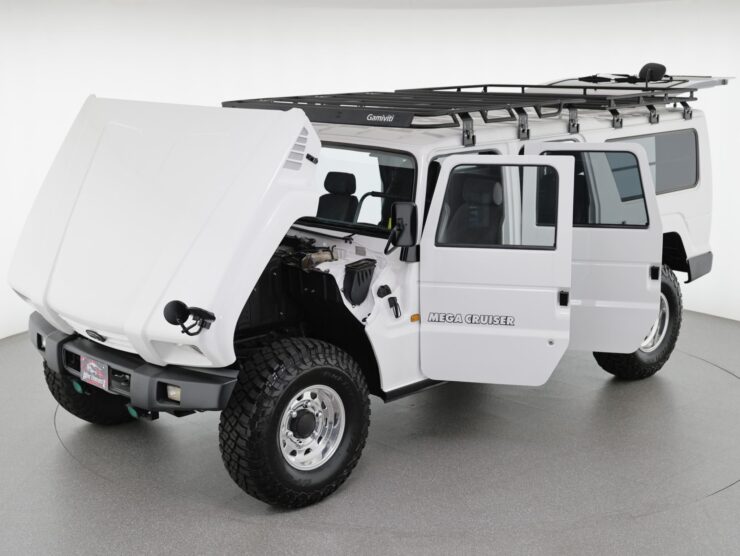
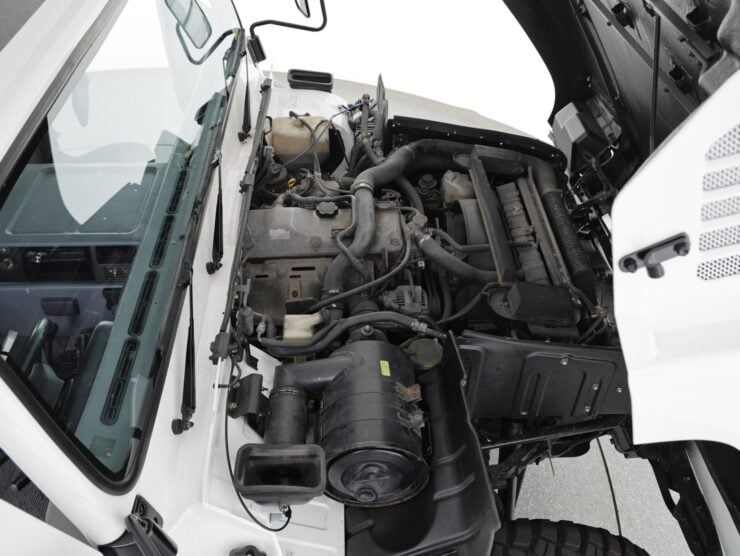
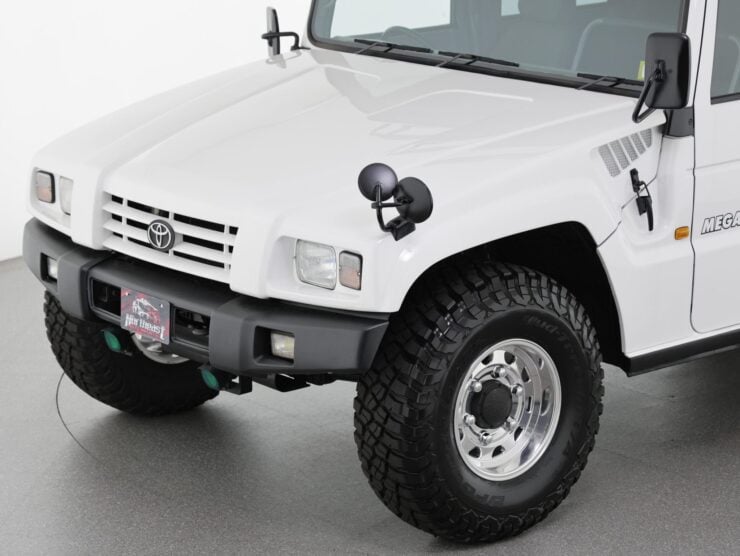
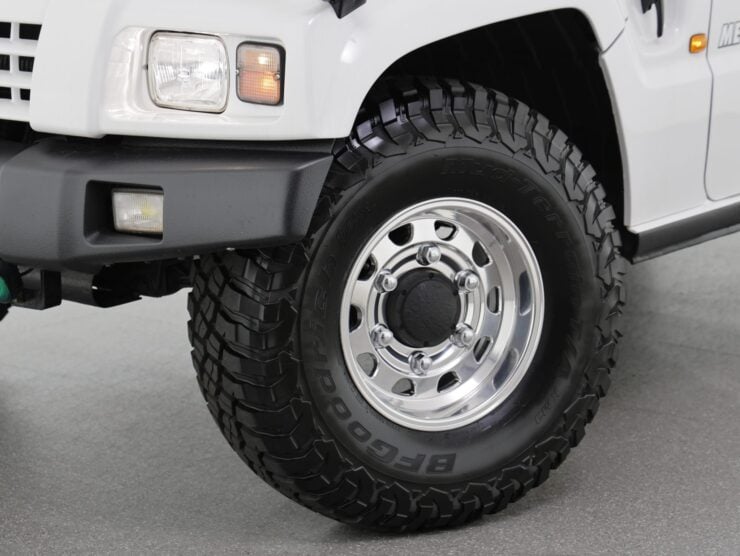
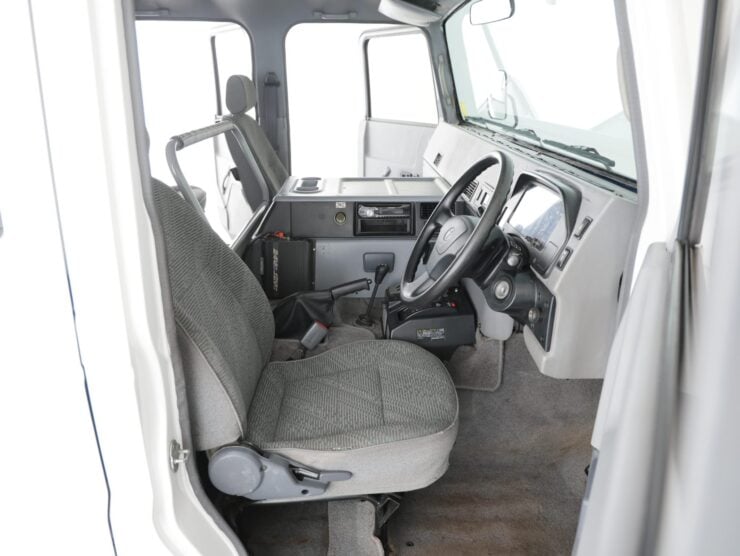
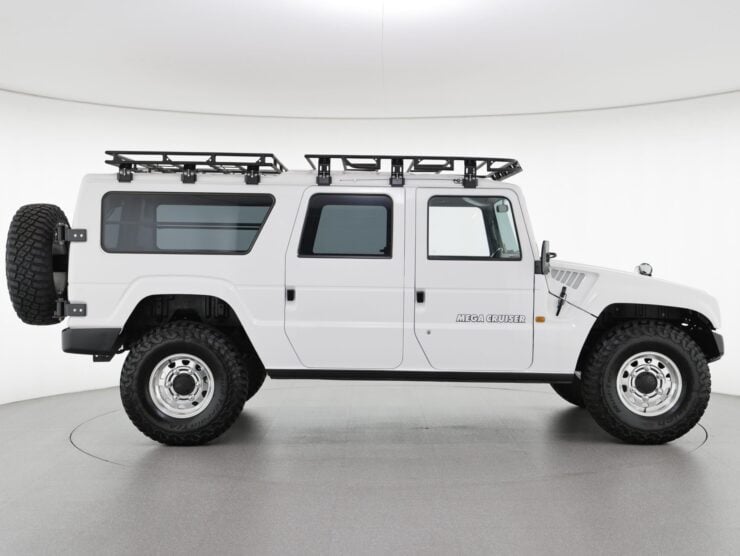
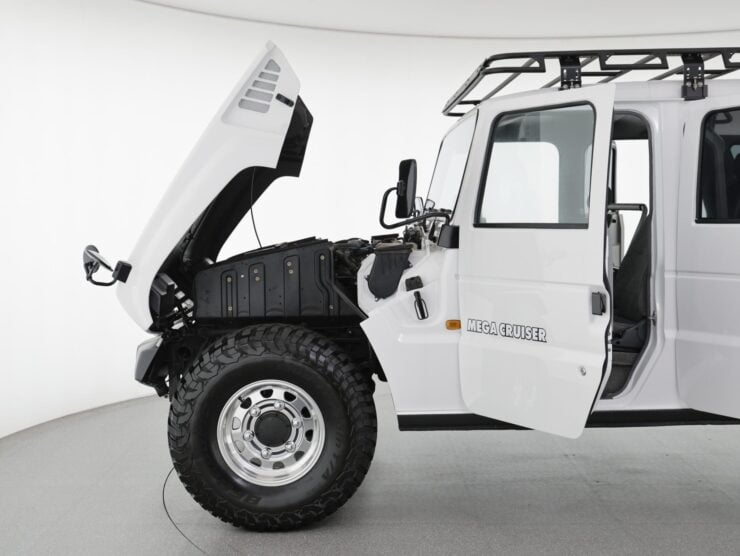
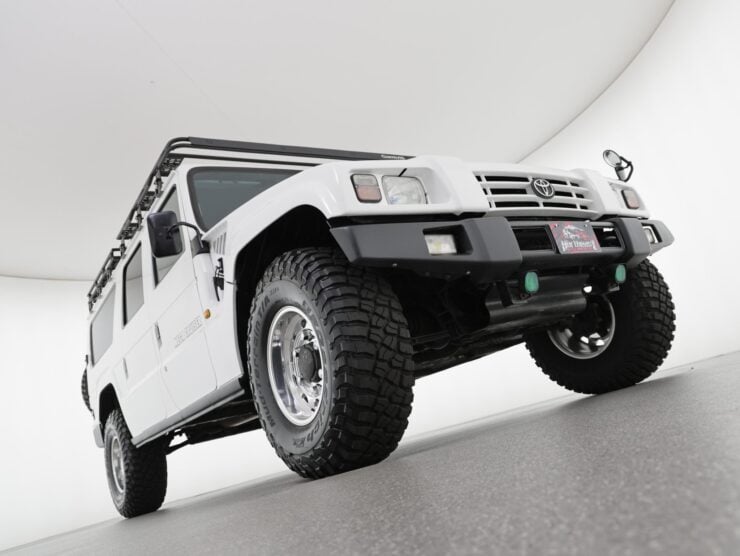
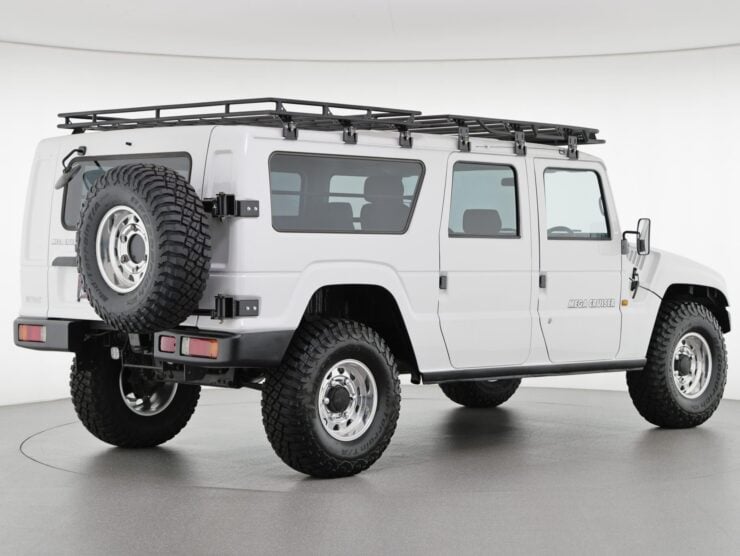
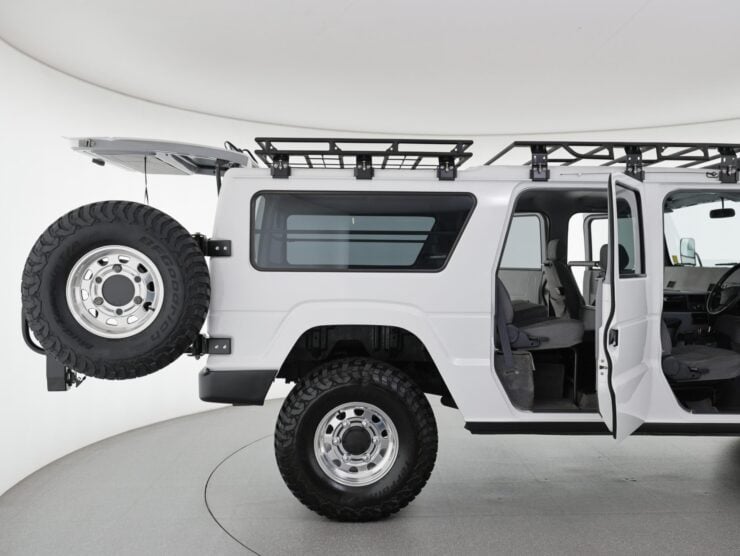
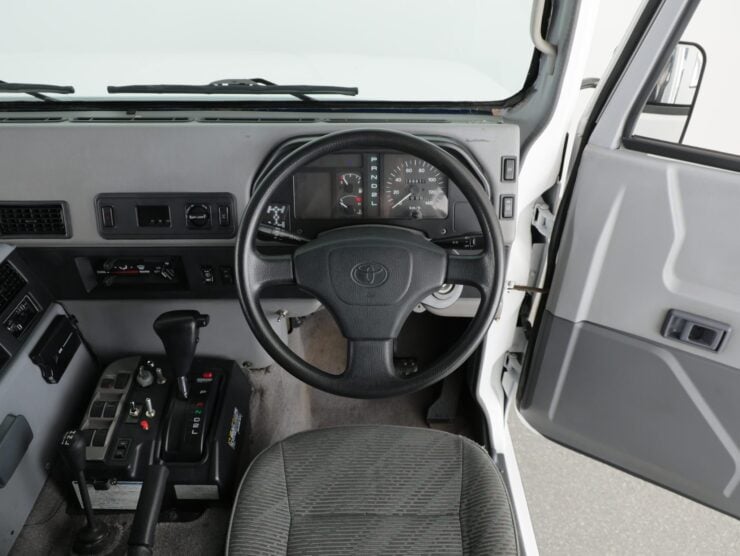
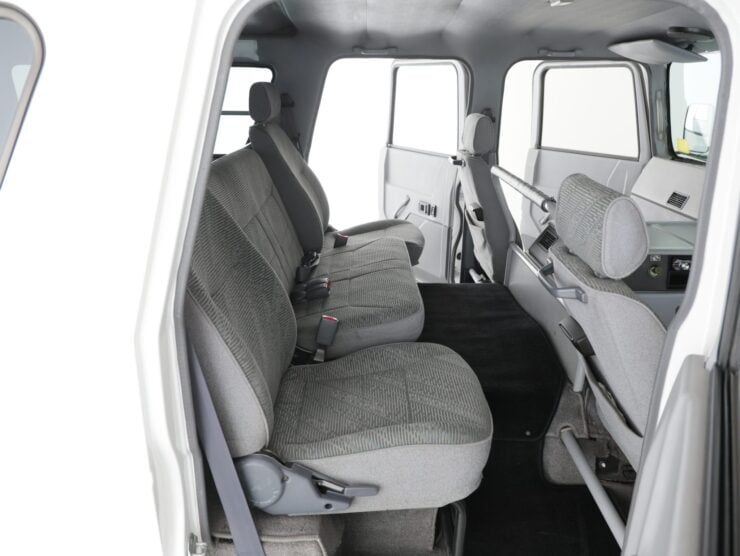
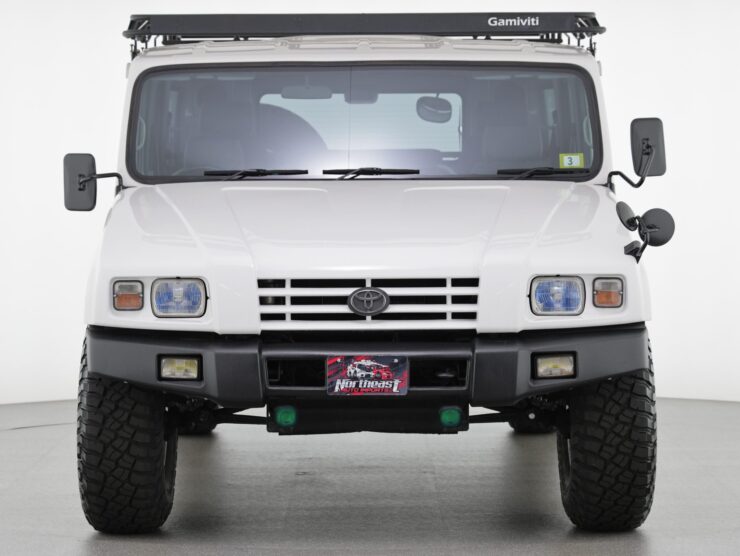
Images courtesy of Bring a Trailer

